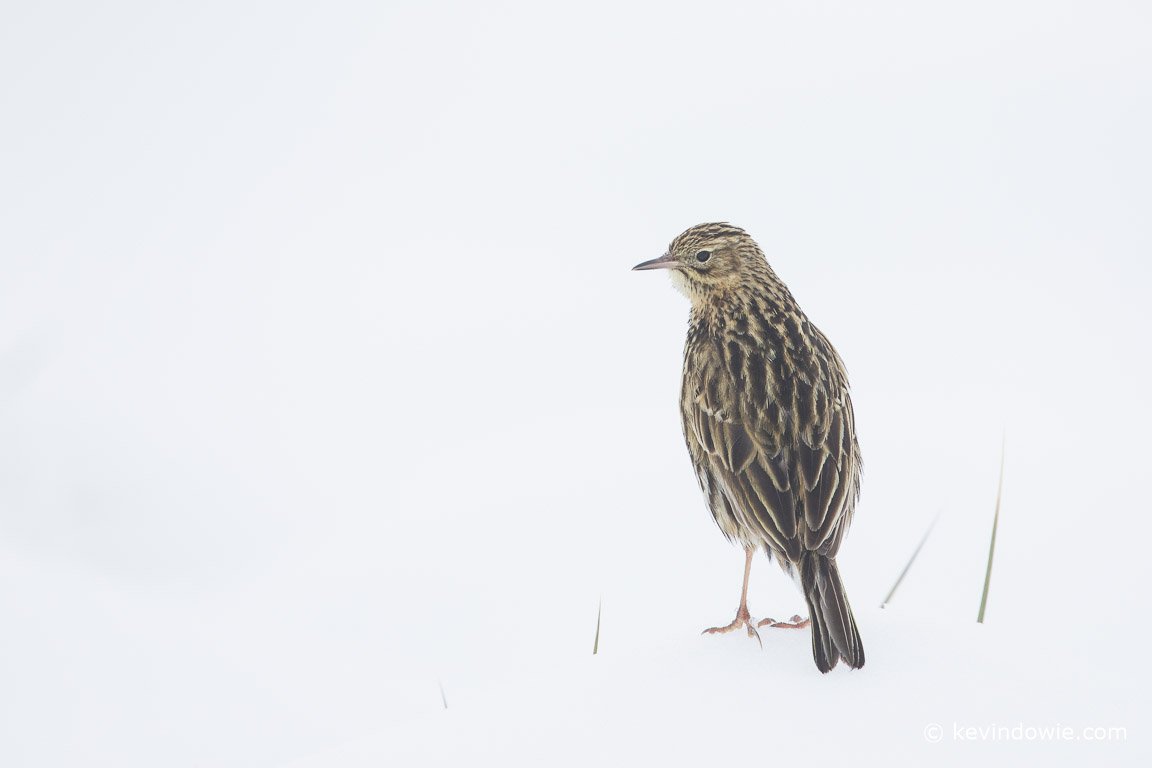As friends and readers may be aware, I’ve just completed travels through the Falkland Islands and South Georgia Island in the South Atlantic. The focus of the trip was very much on nature and wildlife photography and provided some wonderful opportunities. I’d recommend travelling to the region for anyone who’s interested in nature and stunning landscapes, just dress warmly as its proximity to Antarctica means temperatures near freezing are a given, even in Spring.
The wildlife, which given the maritime setting, is mostly seabirds and marine mammals, faces numerous environmental challenges. Among these challenges is the impact of feral pests, notably rats which were accidentally introduced by ship during the days of whaling and sealing (now both thankfully part of history).
Rats had a dreadful effect on several bird species which had evolved without exposure to such pests and hence had no defence against them. They took quite a toll on both eggs and young chicks and threatened the extinction of endemic bird species, among them the South Georgia Pipit.
In response to the threat, a concerted effort was made under the auspices of the South Georgia Heritage Trust to eradicate the rats through an intensive program of aerial baiting. Whilst the program will require ongoing monitoring in the years ahead, current indications are that the program has been a resounding success such that it has become a model for similar environmental programs elsewhere.
Today the previously rarely seen Pipit is staging an encouraging come back, I sighted several during my travels there.


Although positioning the bird in the centre of the frame is considered a bit of a compositional no-no, in this case, it was appropriate given the semicircular line of the snow on which it’s perched. At the time of taking this photo, I’d just climbed to the top of a small hill that was covered in fresh snow which covered the clumps of thick tussock grass. I heard the bird singing and was delighted to see him perched nearby. With a 1.4x tele-converter and a 100-400mm zoom lens on the camera, so total focal length of 560mm, I was able to get the shot full frame.
Given the environmental status of the species and having got the photo, I was thrilled, but even more so when I looked around and saw that there were actually four more flitting about in the immediate vicinity. Proof positive that the pipit is indeed making a comeback! (and that is worth today’s smilie face!) 🙂 KD
